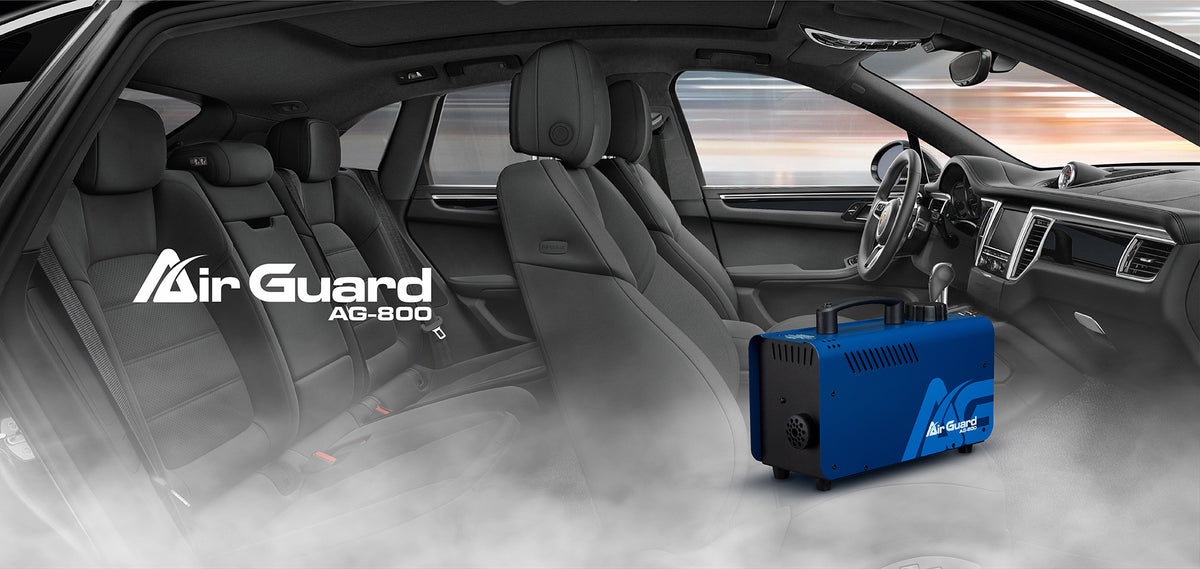I’ve no training or expertise regarding disinfection by fogging.
A few questions do come to mind.
Is it true that Hydrogen Peroxide and
Perchloric Acid peracetic acid are the systems used by pharmaceutical companies?
Is it true that only Hydrogen Peroxide leaves no residue? (restaurants correct?)
Is it true
Perchloric Acid peracetic acid based systems are hell on electrical/electronics?
Maybe the folks at SteraMist are worth talking to.
I keep thinking about a recent answer to a rigging question. If you need to ask, you need a pro. This may be in the same
category.
Peroxide is an oxidizer and in sufficient concentration and wet time, can provide a
level of medical sterilization. If you're being pressured to provide this
level of 'clean' you're in for a long process to deliver the unattainable-in-a-public-facility, probably, and will find that attempting this
level of
sterile/sanitary/clean on a routine basis can potentially damage stuff. Likewise, peracetic acid is a form of the acid in vinegar. Yes, it's corrosive. Spraying it on intercom belt packs, headsets, and body pack transmitters is a bad idea.
Most finishes,
screen printed legends and layouts on equipment can be damaged by a surprising number of common cleaners, solvents and sanitizers. See below for guidance received from various manufactures. If anyone has received cleaning guidance that is not on the list, please submit it (info on
page) for inclusions.
https://practicalshowtechcom.squarespace.com/covid-19 I suggest watching the saved webinar this came from. While broadcast/corp A2-centric, there is a bunch of useful info.
Of particular interest to
theatre A2s... some tiny mics (DPA?) cannot tolerate alcohol or other astringent cleaners as it will dry out the plasticizer in the cable
jacket.
Now the "I'm not a doctor, infection control specialist, don't
play one on TV,
etc".... The reason handwashing is effective - soap breaks down the lipid layer of the coronavirus and it comes apart, mechanically. For things that can tolerate direct contact, dishwashing detergent in a normal concentration *may* be enough for some things. 70% isopropyl is effective but will damage some surfaces, markings and cords. Double-quarternary ammonium disinfectants are effective as are phenyl phenol disinfectants. The CDC has a list on their website (I'm happily condensing) of products, the wet time required and other considerations. The double-quat ammonium has potential because you can dilute a concentrate and use test strips to show PPM, use a known wet time, and no offensive odor after it dries. Peroxide in a 6-7% solution will leave no residue other than any material it didn't
dissolve, same with isopropyl. I'm not saying any of these will provide any specific
level of disinfection, that information exists from disinfectant manufacturers and the CDC, and I'm not making a judgment about what
level of sterile/sanitary/clean is necessary or appropriate for any specific situation.






